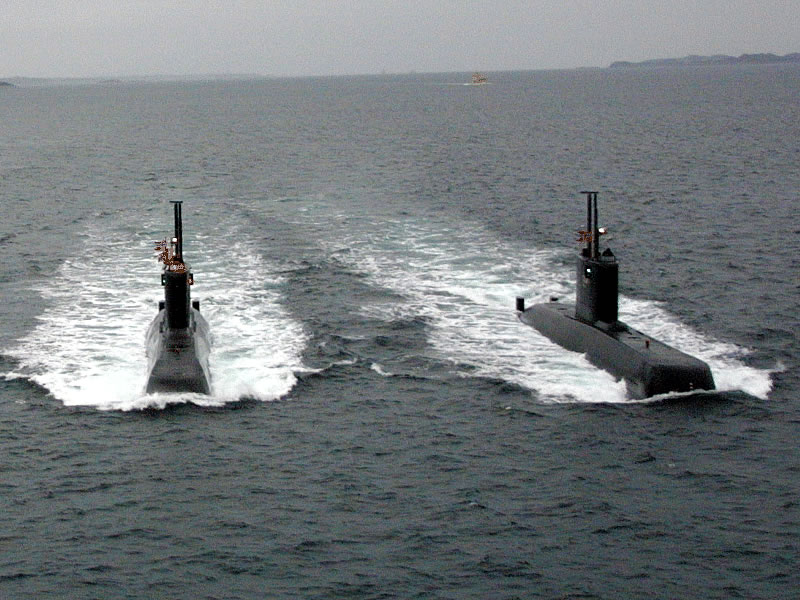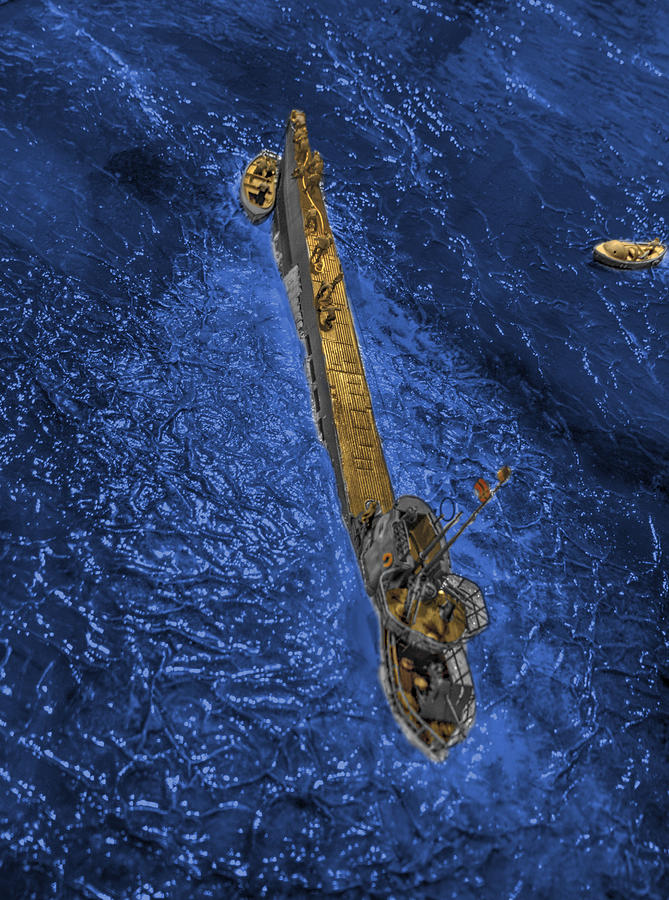

In the four months it took for the Americans to introduce effective anti-submarine measures, 137 ships of almost one million tons would be lost. In the first two weeks of the campaign, a mere five U-boats sank 25 allied ships totalling 200,000 tons. The Paukenschlag, or Operation DRUMBEAT, alluded to above by the commander of U-862, was the code name for the German U-boat offensive against the American Atlantic coast that began in January 1942. Korvettenkapitän Heinrich Timm, Commanding Officer U-862, December 1944. It would have been a disaster of major proportions in that the Allies would have been denied a staging area close to France for the invasion of Fortress Europe and would have, without question, lengthened the war and cost many more lives.If we could only have had more boats it would have led to a Paukenschlag like that off the coast of America. Roosevelt had no intention of letting Nazi Germany defeat Great Britain. Even though the United States was not actually in the war when Germany started sinking merchant shipping, President Franklin D. The German goal of isolating Great Britain from the rest of the world, particularly the United States, was bound to fail. The gap in tonnage gained versus tonnage lost would continue in 19.Īlthough the U-boats were failing to sink as many Allied merchantmen to sustain the tonnage war, the U-boat crews were perishing in droves. Over the same period, American shipbuilders alone delivered 18 million tons of new merchant ships for the war effort, four million more tons than the Germans sank during the entire war. In 1943, its U-boats destroyed 6.14 million gross registered tons of Allied shipping. This was a fight the Germans were sure to lose. The strategic goal of the German U-boat force was to sink more shipping than the Allies could replace and force surrender through starvation. In the end, the defeat of the U-boats really came down to a numbers game. In 1934, the greatest submarine fleet the world had ever known was reestablished. However, when Germany decided it could no longer abide by the treaty, one of the first steps it took was to rebuild its vaunted submarine force. Two weeks later, Gunther Prien and his crew were the guests of Adolf Hitler in Berlin.Īt the Chancellery, Prien was decorated with the Knights Cross.Īccording to the terms of the Versailles Treaty, Germany was barred from having submarines. “The glow from Scapa Flow is still visible,” wrote Prien in his log. Soon U-47 slipped back into the North Sea. A searching destroyer was drawing near, her searchlight probing the darkness but failing to locate U-47 as it made its way into Holm Sound. The tide was running against them, and even at full power U-47 moved along at only slightly more than one knot. The submariners were exultant, but their worst ordeal still lay ahead, which was to escape unscathed. The Royal Oak soon sank taking 833 of her 1,234 officers and men down with her. This time the Royal Oak was struck by a torpedo, and the harbor came to life.

U-47 was again put into position to attack, and the torpedoes were fired.

Those aboard the Royal Oak thought the torpedo explosion was caused by an internal source, thus giving Prien a second chance. Puzzled, Prien turned his craft around and discharged a stern torpedo, which also missed its mark. Three minutes later, one of the torpedoes exploded harmlessly against either the bow or anchor chain of the Royal Oak. The bow torpedo tubes were aimed, and the order to fire was given. U-47 was now about 4,000 yards from her intended target and was in position to attack. At first Prien was able to make out the shapes of several destroyers, but then he spotted the battleship HMS Royal Oak and the seaplane carrier HMS Pegasus. By 12:30 AM, October 14, the boat was inside Scapa Flow. After Prien revealed the mission to the crew, the U-47 slipped into Holm Sound, one of the entrances to Scapa Flow. On October 8, U-47 had left her mooring in northern Germany bound for the North Sea. This story was first published in Military Heritage.


 0 kommentar(er)
0 kommentar(er)
